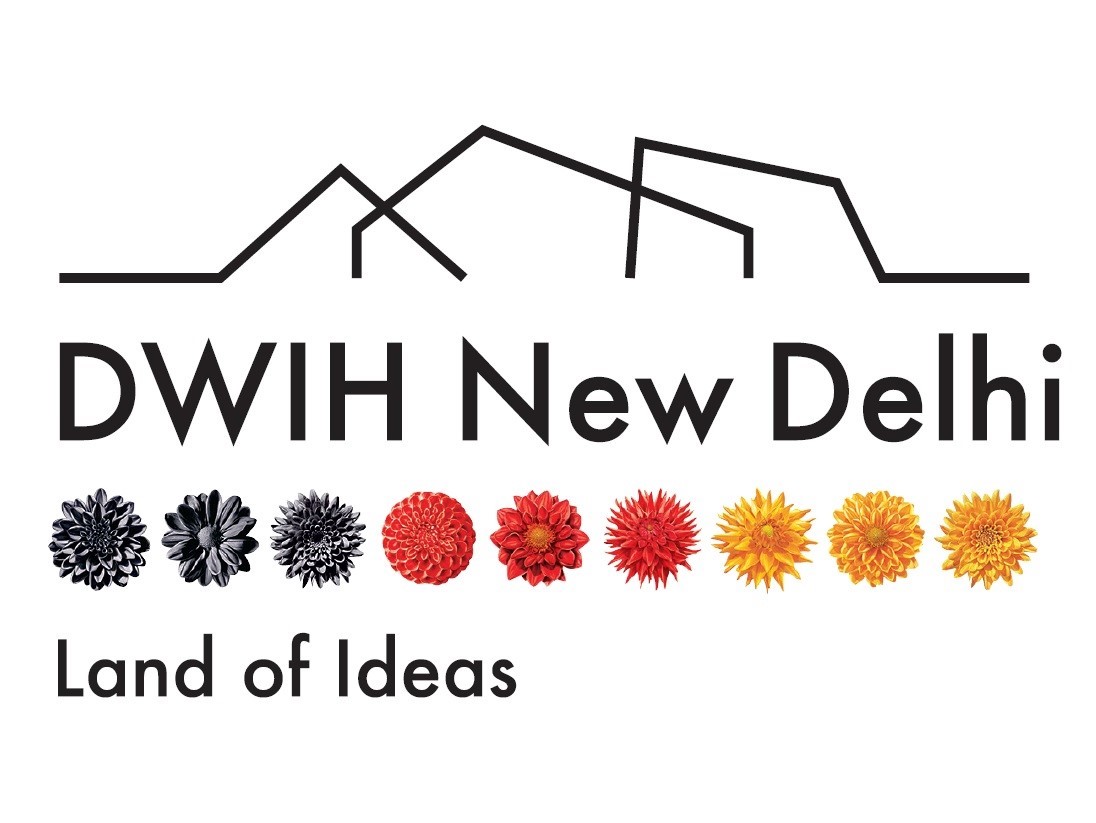Publication on "Air quality in India with a particular focus on Delhi, Punjab and Haryana during the crop residue burning period" funded by Max-Planck Partner group grant
Dr Dhanyalekshmi K. Pillai, Assistant Professor, Earth and Environmental Sciences, IISER Bhopal and the Head, Max Planck Partner Group (MPI-BGC Germany) has recently published in ACP (Copernicus Publications) investigating air quality in India with a particular focus on Delhi, Punjab and Haryana during the crop residue burning period. The research is completely funded by the Max-Planck Partner group grant.
Short Summary
Over the past decade, North India faces severe and persistent degradation of air quality during every winter, containing pollutants that are harmful to the public health and the environment such as carbon monoxide (CO). The common notion is that the air pollution in north India reaches crisis levels during the post-monsoon season in October and November due to excessive crop residue burning in the states of Punjab and Haryana. Due to the limited data coverage and inappropriate or incomplete methodology, there still exists sparse knowledge on the relative contribution of wintertime meteorology and emission from other sectors. At the same time, the policy interventions must prioritise action plans based on effective monitoring capacity together with a robust methodology for complete analysis. We demonstrate such an analysis and identify priority sectors such as residential and industrial emissions where immediate policy intervention is required compared to agriculture sectors. Recently available high density and high accuracy Copernicus Sentinel-5 Precursor satellite observations play an instrumental role in investigating these high CO pollution episodes, which otherwise would not have been possible with these details. Hence the present work supports giving a roadmap for catalysing action in improving air quality with prioritized action plans and generate public awareness. The outcome of the study including methodology development has broad applications in the research field concerned with climate change and air pollution.
More Information
1) The preprint of the article accepted for publication in Atmospheric Chemistry and Physics is available here: https://acp.copernicus.org/preprints/acp-2020-1034/
2) Video abstract:
